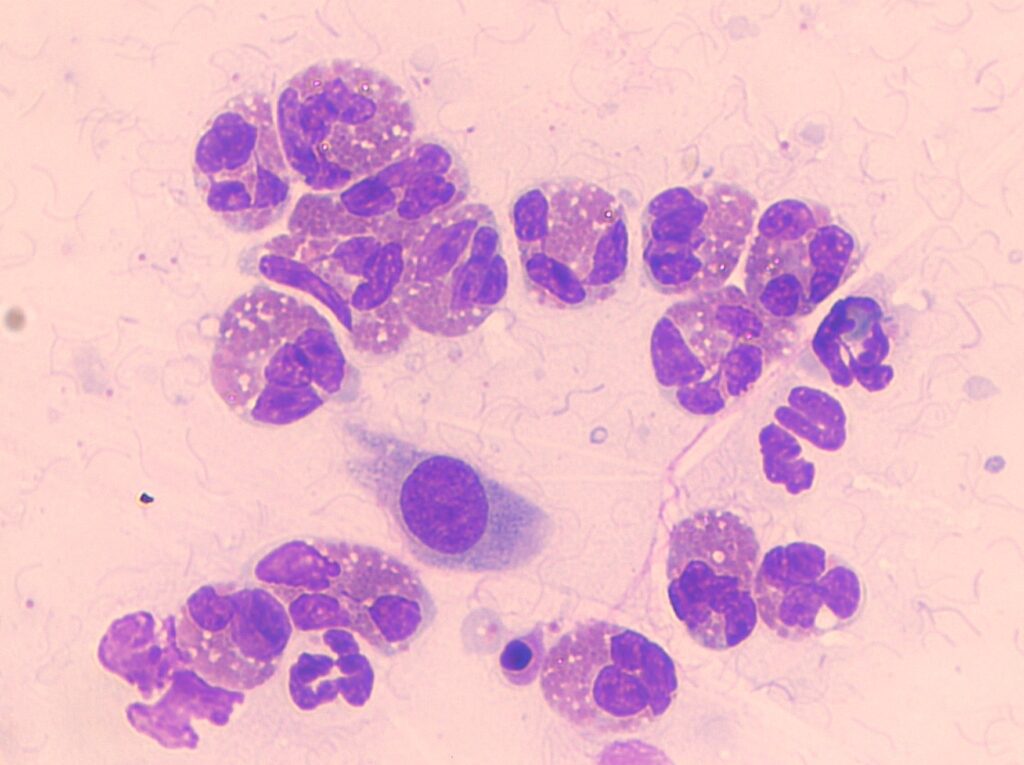
Eosinophils are a type of white blood cells that play a crucial role in the body’s immune response against parasites and allergies. In certain cases, abnormal levels of eosinophils may be associated with underlying health conditions, including cancer. This article aims to explore the connection between eosinophils and cancer, and the significance of eosinophil counts in cancer diagnosis.
The Role of Eosinophils
Eosinophils, a subset of white blood cells, are primarily responsible for combating parasitic infections and modulating allergic responses. Under normal circumstances, their levels remain within a specific range in the bloodstream. However, when the body encounters certain diseases or conditions, eosinophil levels may fluctuate. Elevated eosinophil counts, known as eosinophilia, can be a result of various factors such as allergies, asthma, autoimmune disorders, and certain infections. However, it is essential to understand when elevated eosinophil levels could indicate a potential link to cancer.
Eosinophils and Cancer
While elevated eosinophil levels are often associated with non-cancerous conditions, they can also serve as an indicator of cancer in some cases. Certain types of cancer, such as Hodgkin’s lymphoma, non-Hodgkin lymphoma, and gastrointestinal cancers, have been known to trigger eosinophilia. In these cancer types, tumor cells can release substances that stimulate the production and release of eosinophils.
It is important to note that eosinophilia alone cannot confirm a cancer diagnosis. Instead, it serves as a potential red flag for further investigation. Physicians may order additional tests, such as biopsies, imaging studies, and blood tests, to determine the underlying cause of elevated eosinophil levels and to confirm or rule out cancer.
Interpreting Eosinophil Counts
The normal range of eosinophils in the blood is typically between 0 to 500 cells per microliter. Eosinophilia is generally defined as having eosinophil counts above 500 cells per microliter. However, the significance of eosinophilia in relation to cancer diagnosis varies depending on the individual case and the underlying health conditions.
In some cancer patients, eosinophil counts may be significantly higher than the usual range, which can serve as an indication of the disease’s progression or recurrence. Nonetheless, it is important to remember that eosinophilia can also occur in the absence of cancer, emphasizing the importance of thorough medical evaluation.
Eosinophils are a vital component of the body’s immune system and can provide valuable clues in diagnosing various health conditions, including cancer. Elevated eosinophil counts may indicate an association with cancer, but further investigations are necessary to confirm the diagnosis and establish an appropriate treatment plan. Consulting a healthcare professional is crucial for accurate interpretation and management of eosinophil levels.
In summary, eosinophils can offer insights into cancer diagnosis, but their significance must be assessed in the context of a comprehensive medical evaluation.